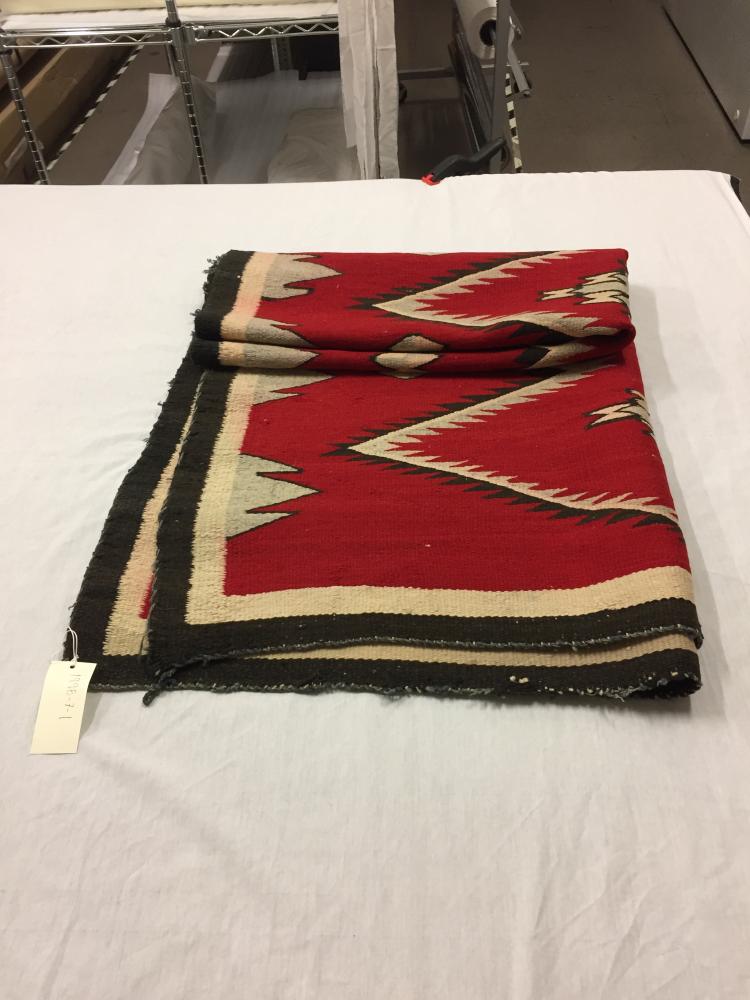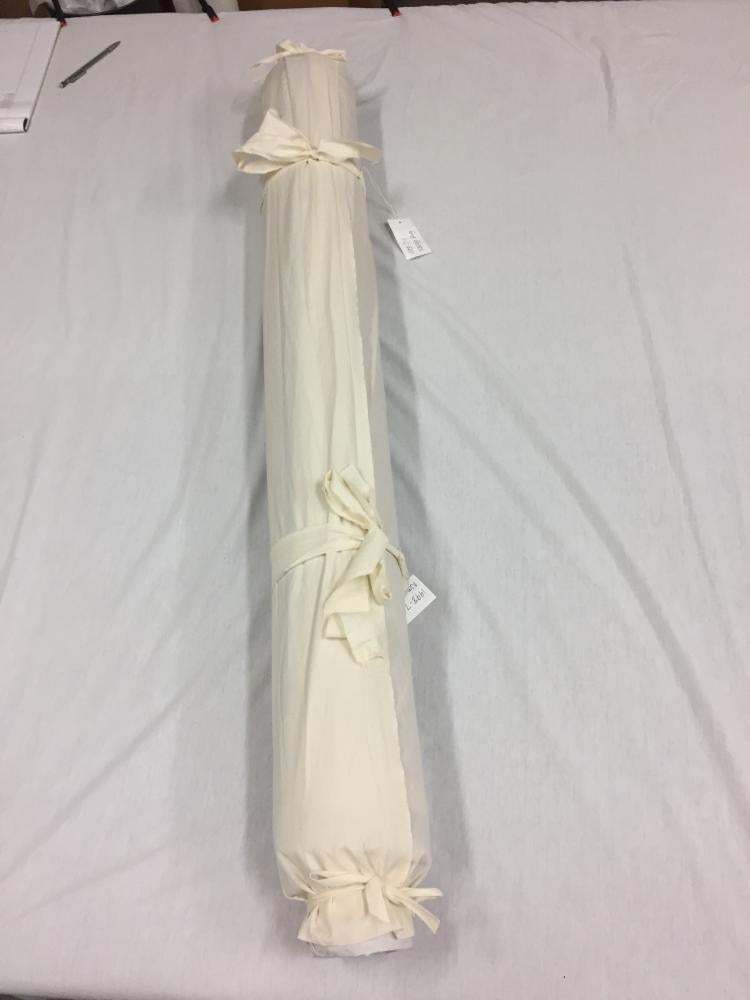The CU Museum is closed we will be opening early in the spring semester.
During this time, collection visits will be available by appointment and other special access requests will be considered on a case-by-case basis.
Please email cumuseum@colorado.edu for more information.
Because Every Object Needs a Happy Home
What is rehousing? To keep things simple, rehousing is the process of improving collections storage. Why is this so important—isn’t it only shelving, after all? A museum typically only displays a small percentage of its collection. Thus, objects spend most of their lives on shelves in storage. Why is this the case? One reason is that there is only so much gallery space. We have millions of objects and specimens but only a small building in which to display them. Research also plays an important role within museums. Things like pottery sherds and chipped stone can tell archaeologists a lot about the past, but they don’t often appear in exhibitions. While these items may not show up in our public spaces, many activities go on behind the scenes where members of research communities access collections for their academic work. Additionally, part of our mission as a museum is to preserve objects for the future. Some objects are too fragile to be exposed to light and dust all the time. To prevent them from decaying, we must keep them in storage where they can be better monitored. To do this, objects need the appropriate support and archival materials in which to live.

This large, beautiful Navajo Blanket (Object Number: 1998.7.1) use to be folded in a drawer. Over time this would cause the fibers to weaken along the fold resulting in breakage.

Now, the textile is comfortably and safely rolled onto an appropriately sized textile tube and wrapped in unbleached muslin.
What do I mean by ‘archival’? In museums we pay a lot of attention to the process of deterioration. It is inevitable but we can slow down the process by housing collections in the correct materials. A lot of archival materials are neutral on the pH scale, limiting some factors of deterioration. However, these materials can be expensive and it can be an added challenge to a small budget. For this project, the archival materials we will use are polyethylene foam planks and tubes, backer rod, Volara, Tyvek, Mylar, unbuffered tissue, unbleached muslin, and textile tubes of various sizes.
Unfortunately, many of the Navajo Textiles in our collection are not housed according to best practices. Many are folded. Although this is perfect for any linen closet at home, it is not ideal for the long-term care of this type of material. Folding woven textiles pinches and stresses threads along the crease. Over time this will cause fibers to weaken along the fold, resulting in breakage. The best practice would be to lay each textile flat. However, it would take an incredible amount of space to lay 900+ textiles flat. The solution is to roll the textiles onto tubes and mount them onto the new storage system. No creases!
Sounds simple, right? Not quite. To do so we need to make space for new storage where there is no space. This process involves moving other collections (mainly 3D objects that won’t lay flat), disassembling the existing storage system, designing, ordering and installing the new storage system, rehousing flat textiles, and, finally, rolling all those folded textiles. You can follow along as we go through these steps in the coming weeks.
- Emma Noffsinger, Graduate Student, Museum and Field Studies Program

